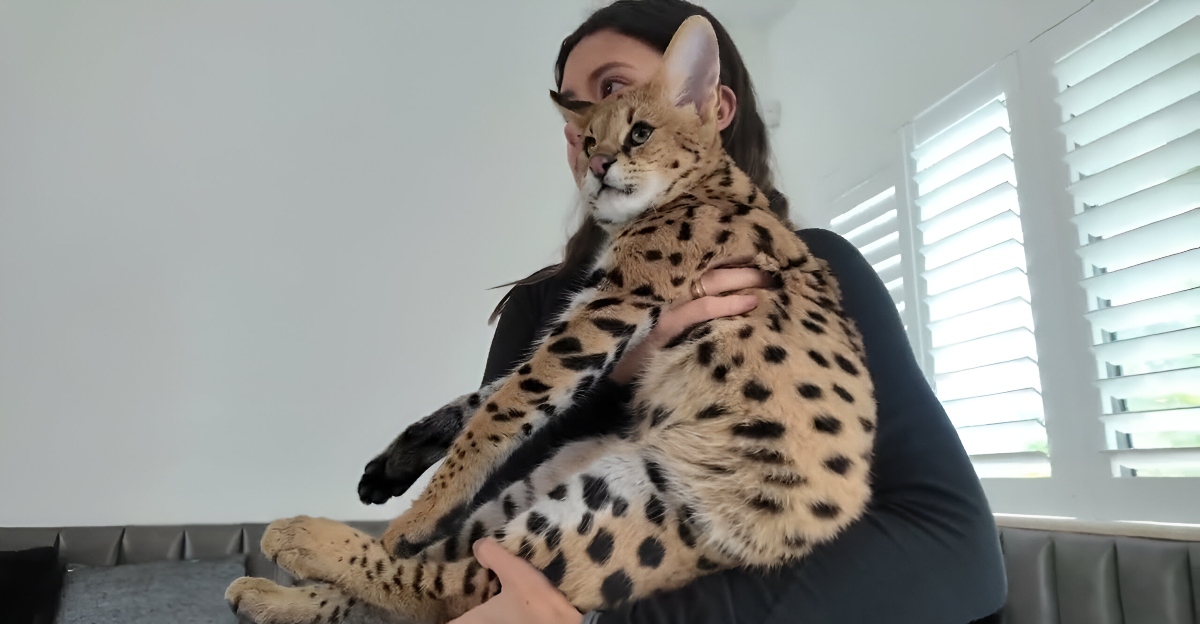
Cats are beloved companions, but not every breed reflects responsible choices in animal welfare. Some of the most sought-after breeds have been shaped more by human vanity than concern for health, resulting in genetic traits that lead to chronic suffering.
While dogs were selectively bred for jobs, cats evolved as nimble, efficient hunters—altering that blueprint often causes harm. The modern cat fancy, rooted in the Victorian era, has prioritized form over function, producing animals with serious physical impairments.
With animal shelters overflowing with healthy cats in need of homes, it’s worth asking: are we choosing looks over lives? Here we look at nine cat breeds that highlight the ethical concerns of breeding for appearance, often at the expense of comfort, mobility, and overall well-being.
1. Scottish Fold
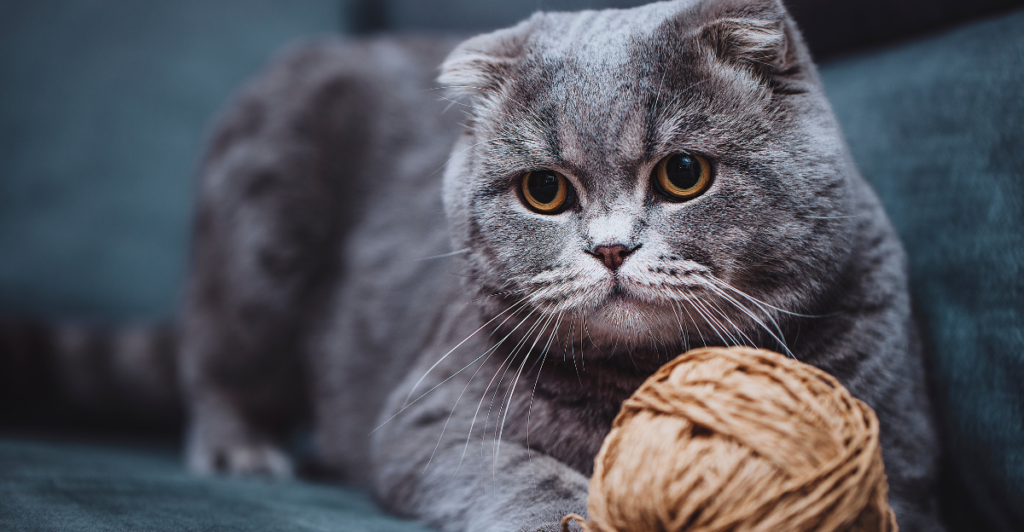
The Scottish Fold’s adorable owl-like ears are caused by a genetic mutation affecting cartilage development throughout the body—not just in the ears. This mutation, osteochondrodysplasia, leads to severe skeletal deformities and painful arthritis.
Evidence of joint issues can appear as early as seven weeks old, visible on x-rays. As they grow, many Folds develop stiff tails, abnormal movement, and often require lifelong pain relief. Some become so crippled they struggle to walk or jump. Several major registries, like the Fédération Internationale Féline, have banned the breed, but others continue breeding despite the risks.
The RSPCA warns these cats “can be reluctant to engage in normal movements such as walking or jumping”. It’s a stark example of aesthetic breeding taking priority over a cat’s long-term health and happiness.
2. Munchkin

With their disproportionately short legs, Munchkin cats are a result of intentional dwarfism breeding—an alteration that undermines their natural agility. Unlike normal cats, Munchkins cannot leap high or move fluidly, and they often need help accessing basic furniture.
Despite claims that they “run and behave normally,” their mobility is clearly compromised. Their unique bone structure can cause spinal and chest deformities, further affecting comfort and health. Major feline registries such as FIFé and the Cat Fanciers’ Association reject the breed, citing welfare concerns.
Alarmingly, hybrid breeds like the Scottish Kilt—combining Munchkins with Scottish Folds—exacerbate genetic issues, doubling the risk of skeletal complications. The intentional propagation of such traits reveals a growing trend of choosing novelty and appearance over a cat’s ability to live a physically unburdened, natural life.
3. Persian
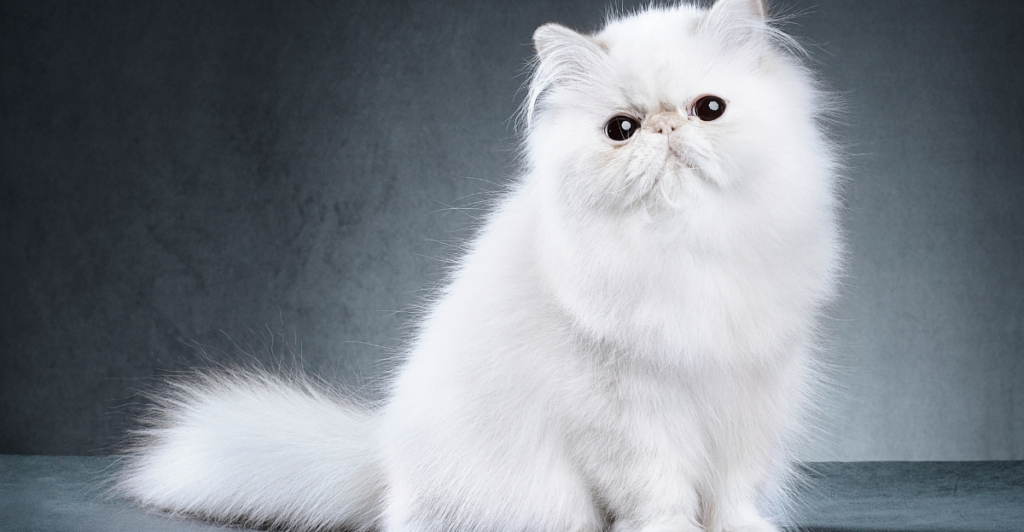
Persians are known for their flat faces and long, flowing coats—features that come with significant health costs. As a brachycephalic breed, Persians often struggle to breathe, suffer from dental overcrowding, and experience constant tear production that stains and irritates the skin.
Their luxurious coats require daily brushing to prevent painful matting, making them one of the most maintenance-heavy cat breeds. Without this care, mats can form quickly, causing discomfort and infection. More concerning, many Persians carry genes for polycystic kidney disease, which causes fluid-filled cysts in the kidneys and may lead to organ failure.
This combination of respiratory problems, grooming demands, and genetic illness paints a troubling picture. The Persian’s enduring popularity raises ethical questions about breeding cats whose defining traits lead directly to suffering and diminished quality of life.
4. Exotic Shorthair
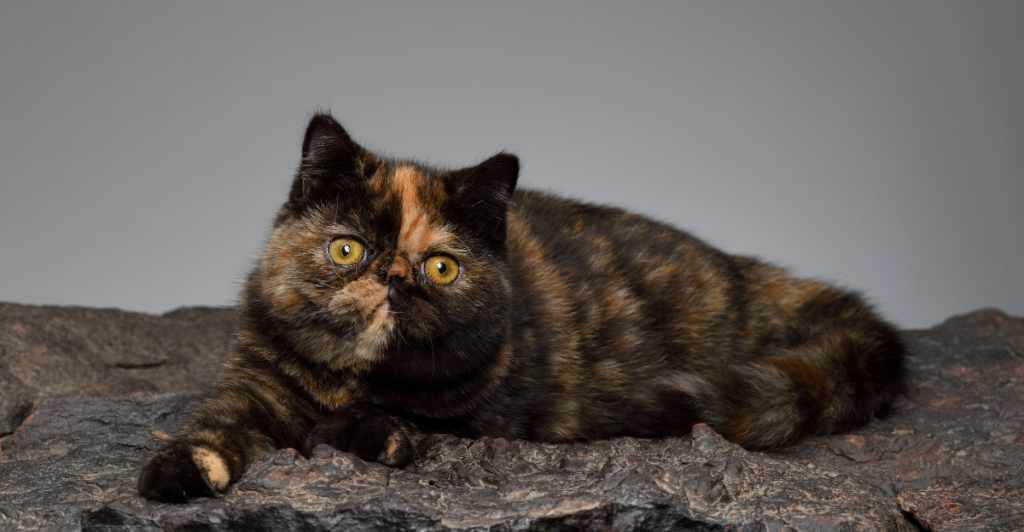
The Exotic Shorthair resembles a Persian cat with a more manageable coat, but it inherits nearly all the same health problems. Brachycephalic features cause breathing issues, dental misalignment, and excessive eye discharge that demands frequent cleaning.
Despite their plush, short coats requiring less grooming, their facial structure remains severely flattened—compromising normal airflow and contributing to chronic respiratory distress. Dental crowding can make eating painful, while persistent tear staining can inflame the surrounding skin. These cats were bred to mimic the Persian’s “baby face” appeal without the grooming headache, yet they retain the same biological burdens.
Their ongoing popularity underscores a concerning preference for cosmetic traits over animal comfort. By prioritizing appearance above well-being, breeders continue a cycle where health complications are normalized in exchange for a specific, human-approved look.
5. Savannah (F1-F3)

Savannah cats, particularly the early generations (F1-F3), are hybrids of domestic cats and African servals. While striking in appearance and athleticism, these cats retain many wild traits, including “unpredictable temper, hyperactivity, and strong prey drive”.
F1 Savannahs are about 50% serval and can weigh up to 25 pounds, often exhibiting behavior unsuitable for families with children or small pets. Despite being sold for up to $20,000, welfare groups caution against keeping them as pets.
Animal charities argue that “wild and domestic cats are not natural breeding partners and they only mate when forced to do so”. The physical disparity also poses a threat to domestic female cats, with mating sometimes causing “significant stress, pain, suffering and in some cases even death”. Creating such hybrids raises urgent ethical questions about animal welfare and domestication limits.
6. Bengal
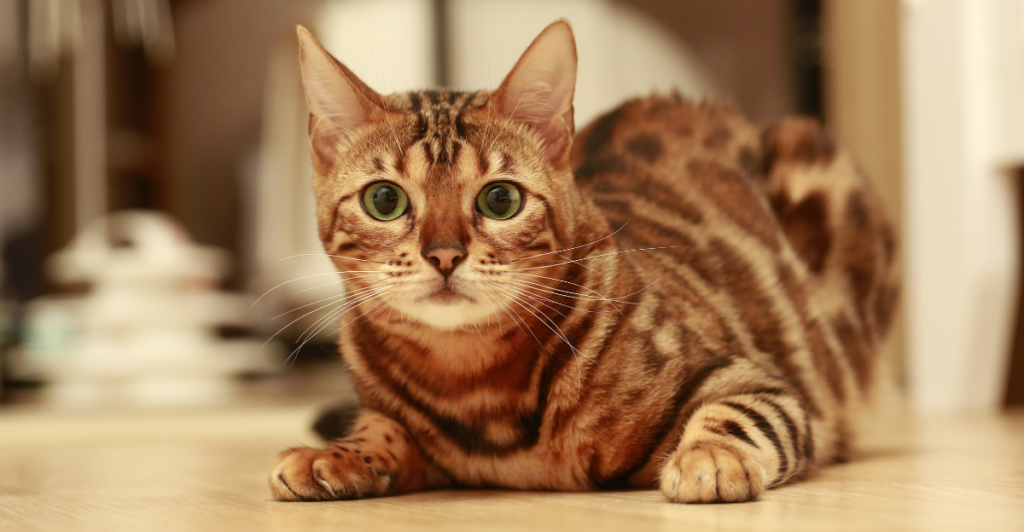
Bengals are bred from domestic cats and Asian leopard cats to achieve a wild, spotted look—but their beauty comes with a price. Bengals are genetically predisposed to health issues like cataracts, progressive retinal atrophy, and hypertrophic cardiomyopathy, which can lead to blindness or fatal heart failure.
These cats also exhibit high-energy behaviors, territorial tendencies, and a need for constant stimulation. Without enrichment, they become destructive or stressed. Although their exotic appearance has made them one of the most popular breeds, Bengals aren’t ideal for typical households.
The continued breeding of Bengals shows how demand for unusual looks can override medical and behavioral considerations—raising the question of whether their widespread popularity is truly compatible with responsible pet ownership or animal welfare.
7. Sphynx
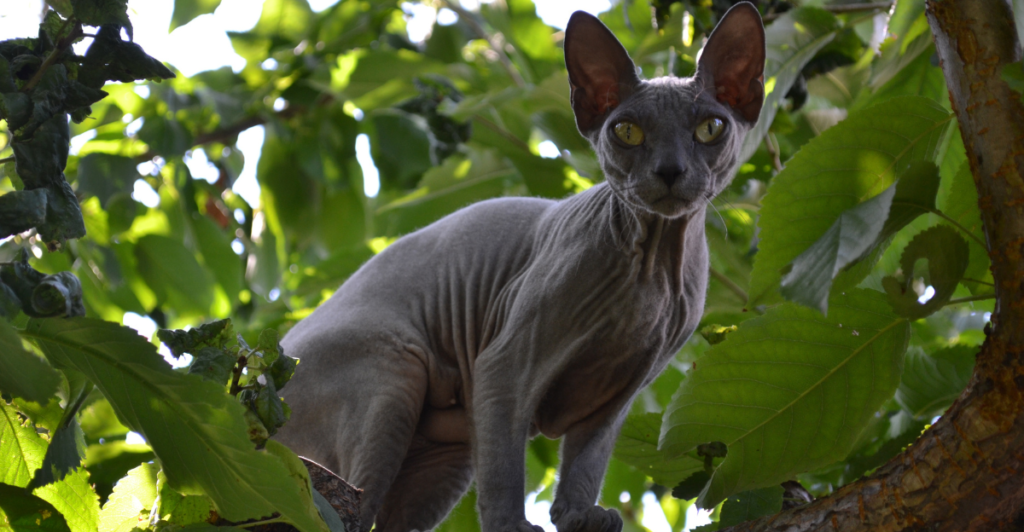
The Sphynx cat’s signature hairlessness is more than a cosmetic novelty—it creates constant health and care concerns. Without fur, their skin is exposed to irritants and requires regular bathing to avoid issues like urticaria pigmentosa and seborrhea.
These cats also struggle to regulate body temperature, meaning they need heating pads, warm clothing, and climate-controlled environments just to stay comfortable. Dental disease is another concern, with many developing painful gum conditions requiring daily brushing. Some also suffer from hypertrophic cardiomyopathy, a serious heart condition.
Unlike most cats, Sphynxes cannot self-groom or self-regulate warmth, meaning they rely entirely on humans for basic survival. Breeding them eliminates one of nature’s key feline defenses: the coat. This creates an animal that, while visually unique, is dependent and medically vulnerable by design—raising major ethical concerns.
8. Manx
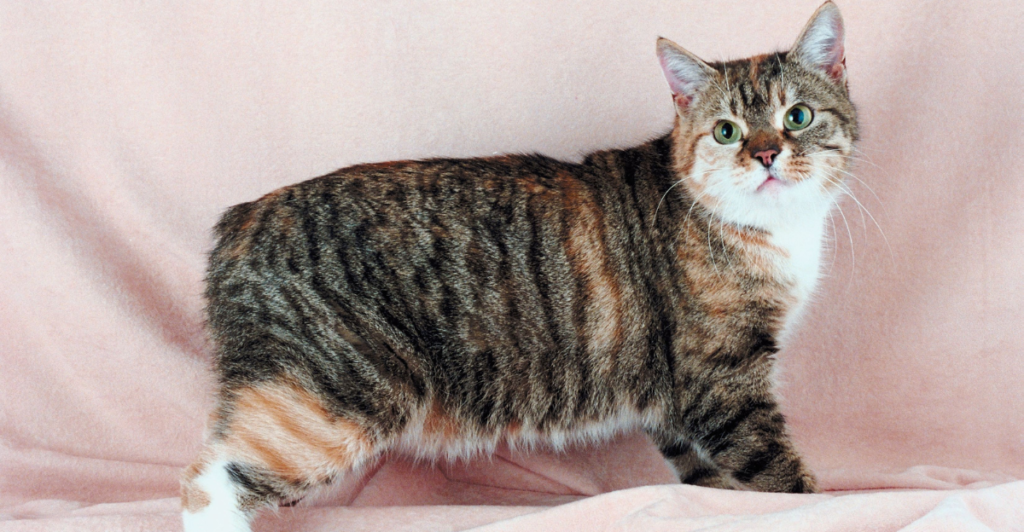
Manx cats, known for their taillessness, owe their look to a genetic mutation that affects spinal development. This can cause Manx Syndrome, a painful condition involving “weak hind legs/difficulty in walking, damage to the spinal cord and defects in innervation with associated problems with the bowels, bladder, and digestion”.
While some Manx cats appear healthy, many develop complications as they age, including mobility problems and chronic pain. Breeders sometimes avoid mating cats with especially short backs to reduce the risk, but the mutation remains central to the breed.
The appearance of a tailless cat may seem harmless or even cute, but behind that aesthetic lies a serious welfare issue. Breeding for a trait known to cause neurological and orthopedic suffering illustrates the troubling consequences of prioritizing visual uniqueness over functional, pain-free lives.
9. Himalayan

Himalayans combine Persian features with Siamese coloring—an eye-catching blend that unfortunately also merges the worst health traits of both. Like Persians, they suffer from flat-faced breathing difficulties and frequent tear overflow.
Their dense, long coats need daily brushing to prevent tangles, mats, and skin issues. Himalayans are also prone to polycystic kidney disease, which can cause kidney failure as they age. The costs start early, with kittens selling for at least $500, and continue with grooming tools, vet visits, and possible medications.
For many, the upkeep becomes overwhelming. These cats are bred for beauty, but at the cost of function, health, and comfort—raising serious concerns about the justification for creating animals whose well-being depends entirely on high-maintenance, lifelong care.
Explore more of our trending stories and hit Follow to keep them coming to your feed!

Don’t miss out on more stories like this! Hit the Follow button at the top of this article to stay updated with the latest news. Share your thoughts in the comments—we’d love to hear from you!







